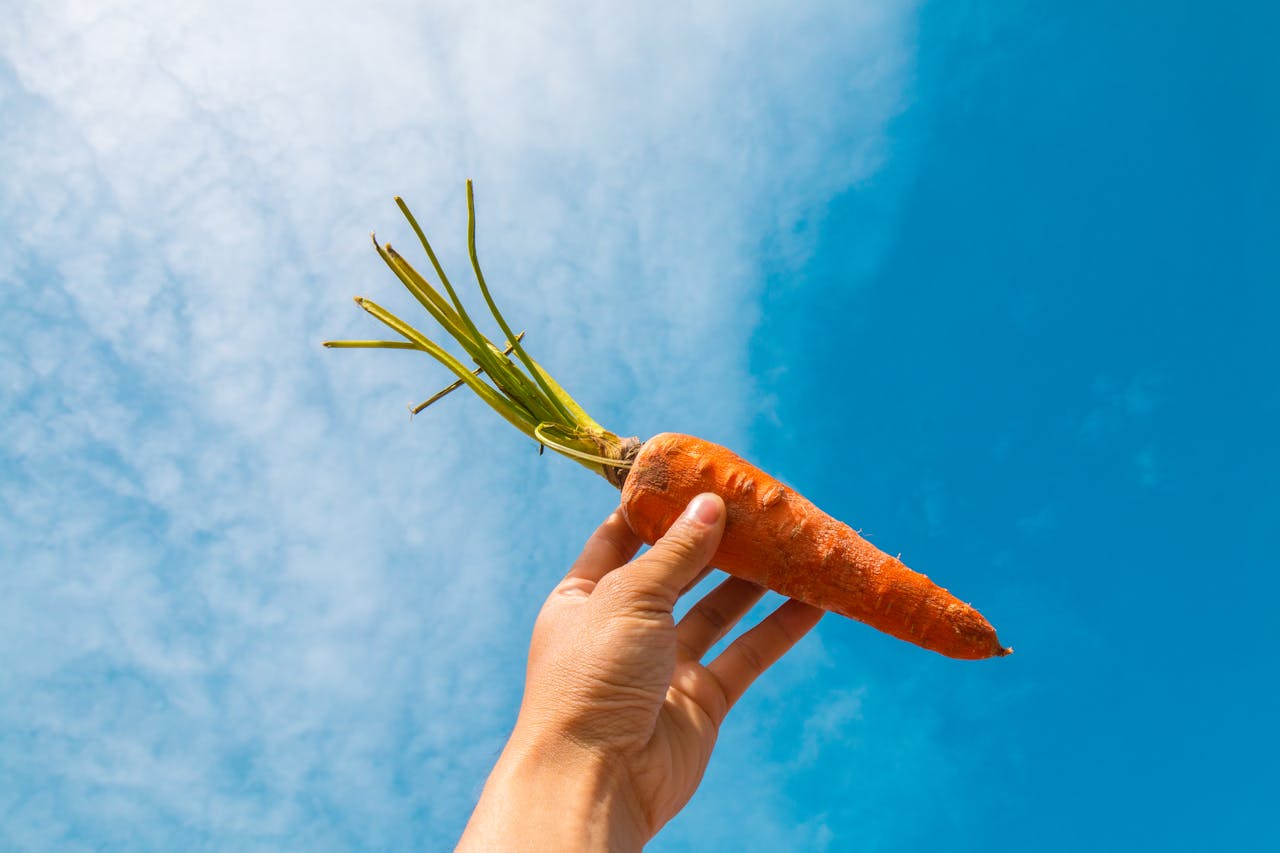How to Grow Carrot Seedlings: A Comprehensive Guide
Growing carrot seedlings requires careful preparation, precise planting, and consistent care. Here are the key steps and tips to ensure your carrot seedlings thrive.
Preparing the Soil
Before planting carrot seeds, it is crucial to prepare the soil thoroughly. Carrots do best in loose, fertile, and evenly moist soil with a pH range of 6.0 to 6.8[1][5].
- Start by tilling or hoeing the soil to a depth of 8 to 12 inches to remove any rocks, pebbles, and clumps that could obstruct the carrot roots.
- Add a couple of inches of compost or well-rotted manure and a light application of general-purpose fertilizer. Mix these well into the top 8 to 10 inches of soil[4][5].
Planting the Seeds
Carrot seeds should be planted directly in the garden, as they do not tolerate transplantation well.
- Plant the seeds in full sun to light shade, about ¼ inch deep (0.6 centimeters). You can use regular seeds, seed tape, or pelleted seeds. Seed tape is particularly useful for maintaining the correct spacing intervals[2][4].
- Space the seeds about 2 inches apart to prevent overcrowding. Mixing the seeds with sand can help track where they have been planted and maintain even spacing[4].
Germination and Early Care
Carrot seeds can take 10 to 21 days to germinate. Here are some tips for this critical period:
- Keep the soil consistently moist for the first 10 days after planting. This may require watering twice a day, especially in hot weather. Using a hose with a shower attachment can help with gentle watering[2].
- Consider covering the planted seeds with burlap or placing a board over them to retain moisture. Remove these coverings once the seeds germinate to allow the seedlings to get sunlight[2].
Thinning and Spacing
Once the seedlings are about an inch or two tall, thin them to a distance of 2 inches apart. Use scissors to snip the seedlings at soil level to avoid loosening neighboring carrots[5].
Ongoing Care
- Ensure the soil remains well-drained and moist but not waterlogged. Avoid shallow irrigation, which can lead to short, shallow carrots. Soak the soil thoroughly and let it dry slightly before watering again[5].
- Hoe weeds when they are tiny to prevent them from competing with the carrots for water and nutrients. Regularly inspect the area and remove any debris to prevent disease[5].
Fertilization
- Side-dress the carrots with a light application of fertilizer about two weeks after planting and again when the plants are 8 to 10 inches tall. Use the same fertilizer applied at planting[5].
Mulching and Pest Control
- Apply a layer of mulch to suppress weeds and help keep the soil moist.
- Use row covers to protect the carrots from pests such as carrot rust flies and carrot weevils[5].
Harvesting
- To check if the carrots are ready for harvest, gently twist and pull one out of the soil. If the soil is too hard, loosen it carefully with a spading fork[5].
Growing in Containers
- For container gardening, use dwarf varieties such as ‘Nantes Half Long’ or ‘Little Finger’. Standard sizes can also be grown in deeper pots[5].
Most Important Facts About Carrot Seedlings
- Soil Preparation: Carrots need loose, fertile soil with a pH between 6.0 and 6.8, free from rocks and clumps[1][5].
- Direct Sowing: Plant carrot seeds directly in the garden, as they do not tolerate transplantation[1][2][4].
- Moisture: Keep the soil consistently moist during the first 10 days after planting to ensure germination[2].
- Thinning: Thin seedlings to 2 inches apart to prevent overcrowding and deformation[5].
- Sunlight and Temperature: Carrots prefer full sun to light shade and soil temperatures between 45°F and 85°F (7°C to 29°C) for optimal growth[2][4].
- Watering: Avoid waterlogged soil and ensure the soil is moist but not soggy. Shallow irrigation can lead to short, shallow carrots[5].
- Fertilization and Mulching: Side-dress with fertilizer and use mulch to suppress weeds and retain moisture[5].
By following these guidelines, you can successfully grow healthy and robust carrot seedlings that will mature into delicious and nutritious carrots.




